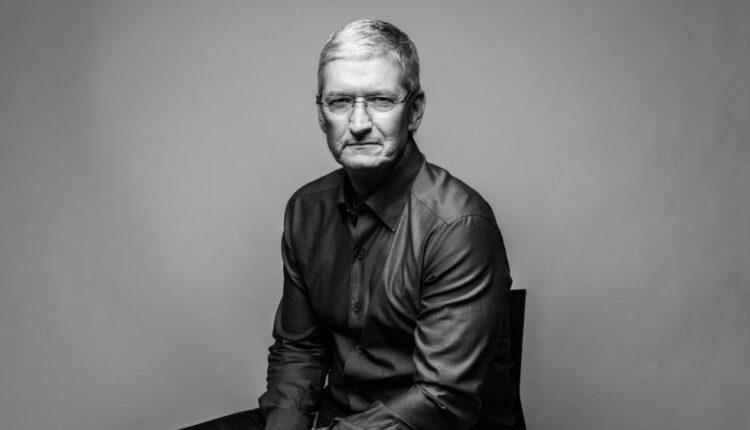New York (CNN Business)When Tim Cook took over as chief executive of Apple, it was a corporate transition unlike any other. He stepped out from the shadow of one of the best-known American CEOs and took the reins of one of the world’s biggest tech companies facing some uncertainty about how much more successful it could be.
Ten years into the job, Cook now leads the most valuable company in the world — technology or otherwise — and it remains among the most influential. More than a billion people worldwide use its devices and tens of millions of developers have built businesses on its software platforms.Cook took over as CEO from Steve Jobs on August 24, 2011, less than two months before the Apple founder passed away. Since then, Apple’s (AAPL) market capitalization has grown around 600% to nearly $2.5 trillion, and its annual revenue has more than doubled.
If Jobs was known for his ability to create groundbreaking devices that redefined consumers’ experience of technology, Cook may come to be known for expanding the Apple ecosystem — building a suite of subscription services and other hardware products that complement the core iPhone business Jobs launched.
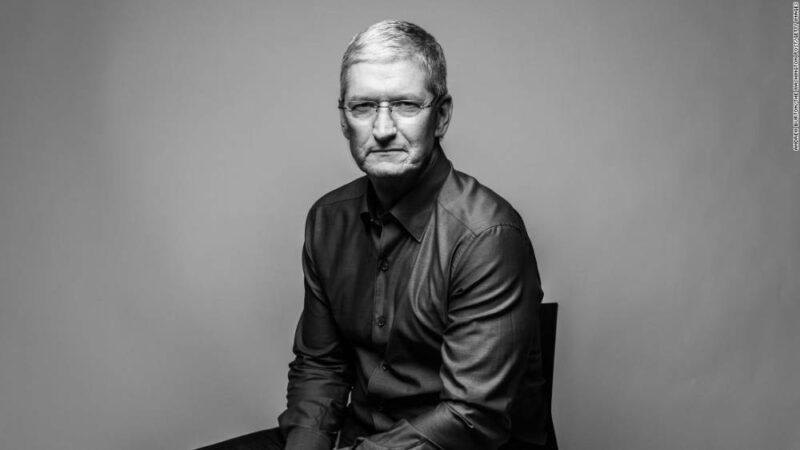
Photos: Apple CEO Tim CookApple CEO Tim Cook poses for a portrait at Apple’s global headquarters in Cupertino, California on July 28, 2016.Hide Caption 1 of 28
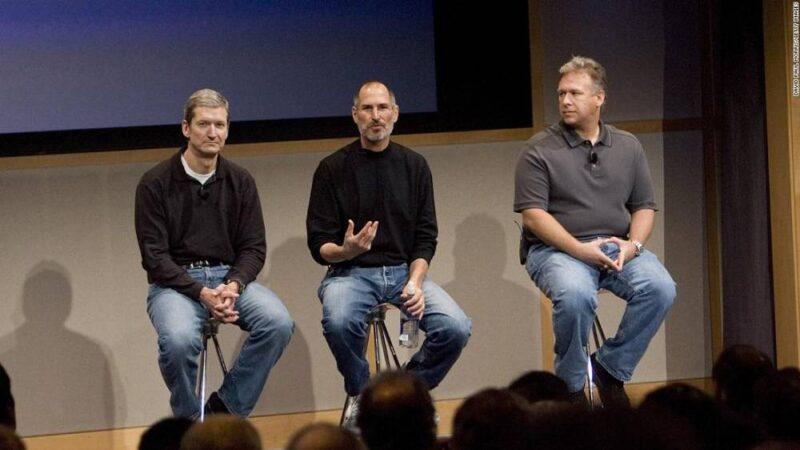
Photos: Apple CEO Tim CookFrom left, then-Apple COO Tim Cook, Apple CEO Steve Jobs and Phil Schiller, executive vice president for product marketing, answer questions after Jobs introduced new versions of the iMac and the iLife software applications at Apple’s headquarters in Cupertino, California, on August 7, 2007. Hide Caption 2 of 28
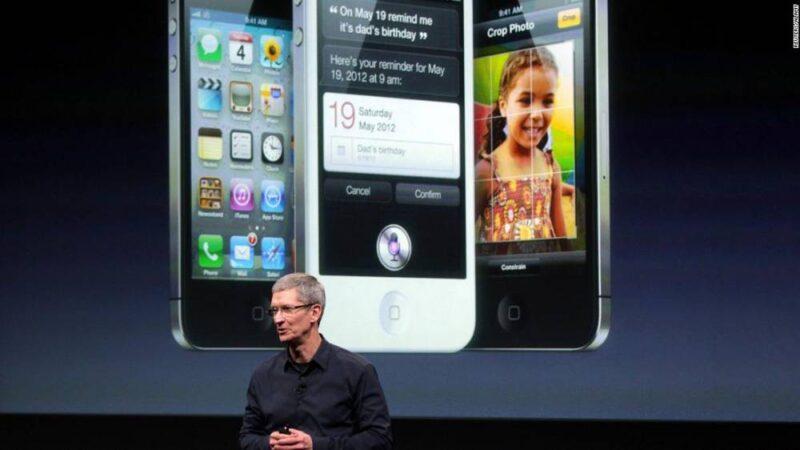
Photos: Apple CEO Tim CookCook speaks in front of an image of an iPhone 4S at Apple headquarters on October 4, 2011. Hide Caption 3 of 28
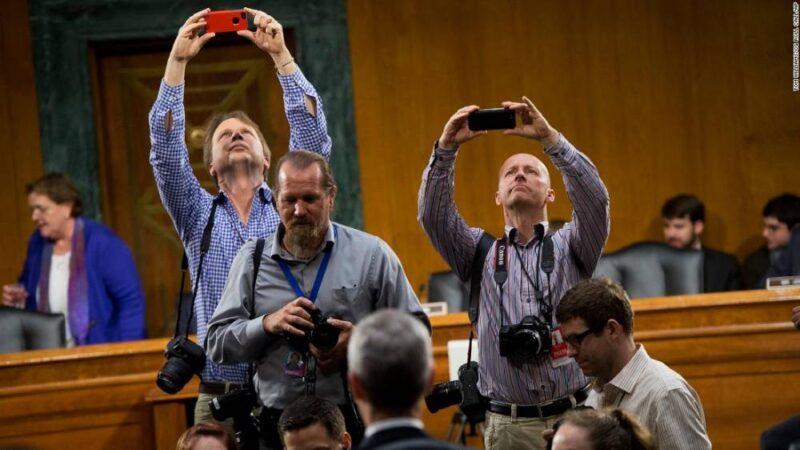
Photos: Apple CEO Tim CookPhotographers use iPhones to take photos of Cook during a break in a Senate hearing held by the Homeland Security and Governmental Affairs Subcommittee on Investigations on May 21, 2013. Cook and other Apple officials were on hand to explain the company’s filings after the subcommittee accused Apple of tax avoidance.Hide Caption 4 of 28
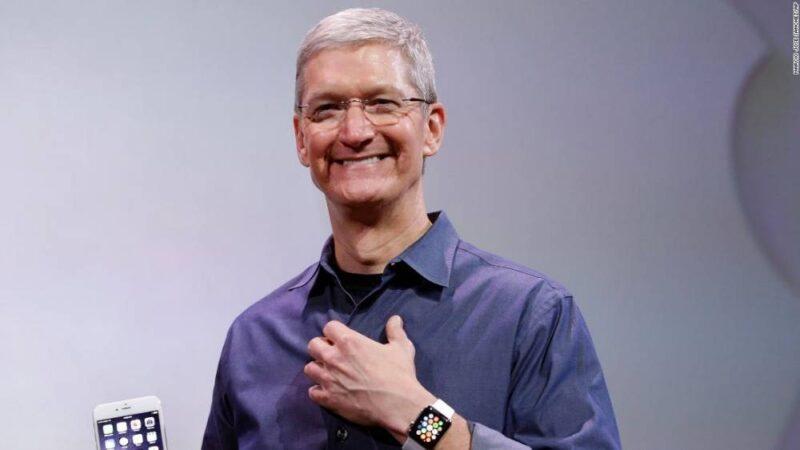
Photos: Apple CEO Tim CookCook, holding an iPhone 6 Plus and wearing an Apple Watch, discusses the new products during an event in Cupertino on September 9, 2014.Hide Caption 5 of 28
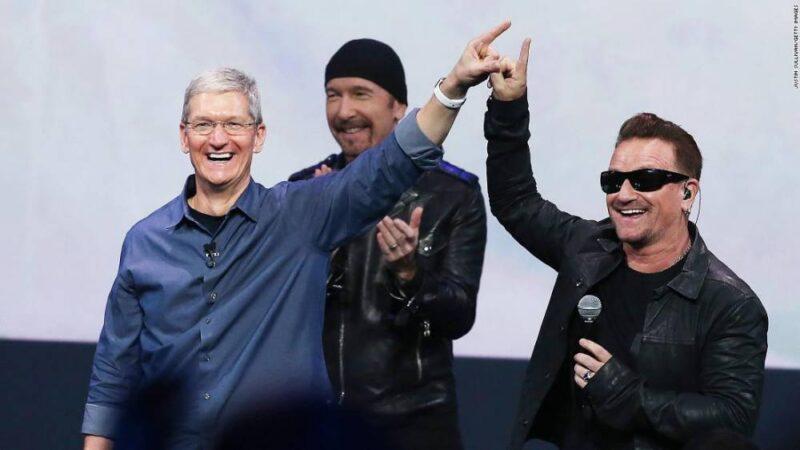
Photos: Apple CEO Tim CookCook greets the crowd with U2 singer Bono as U2 guitarist The Edge looks on during an Apple special event at the Flint Center for the Performing Arts in Cupertino on September 9, 2014.Hide Caption 6 of 28
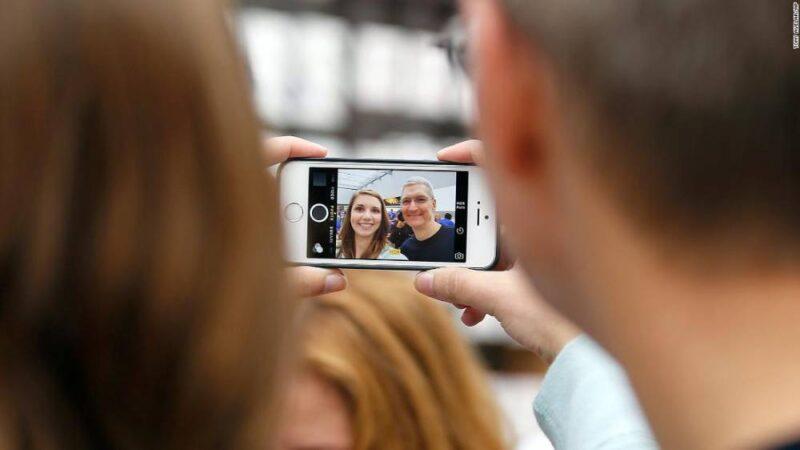
Photos: Apple CEO Tim CookCook, right, takes a photo with an Apple employee during the launch of the iPhone 6 at an Apple store in Palo Alto, California, on September 19, 2014.Hide Caption 7 of 28
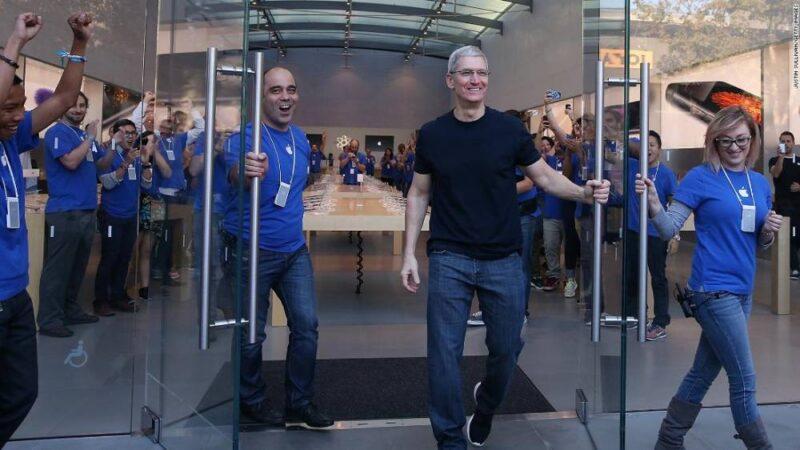
Photos: Apple CEO Tim CookCook opens the door to an Apple Store to begin sales of the new iPhone 6 on September 19, 2014 in Palo Alto, California. Hundreds of people lined up to purchase the new iPhone 6 and iPhone 6 Plus that went on sale that day.Hide Caption 8 of 28
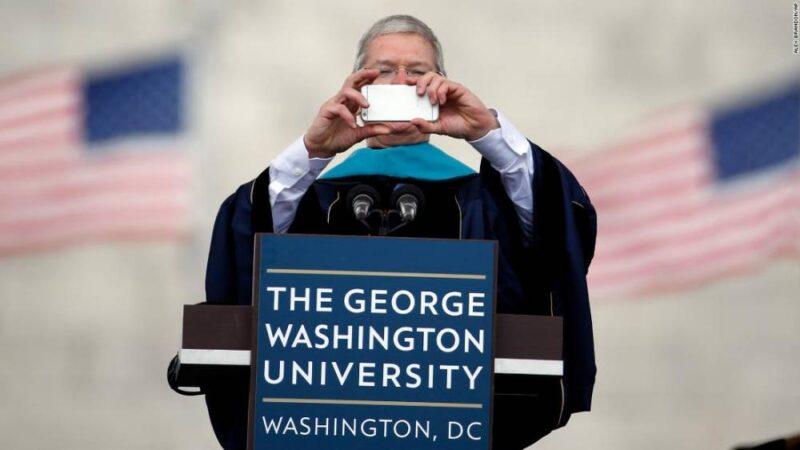
Photos: Apple CEO Tim CookCook takes a photo with his iPhone while addressing graduates during George Washington University’s commencement exercises on the National Mall on May 17, 2015. The university awarded Cook with an honorary doctorate of public service. Hide Caption 9 of 28
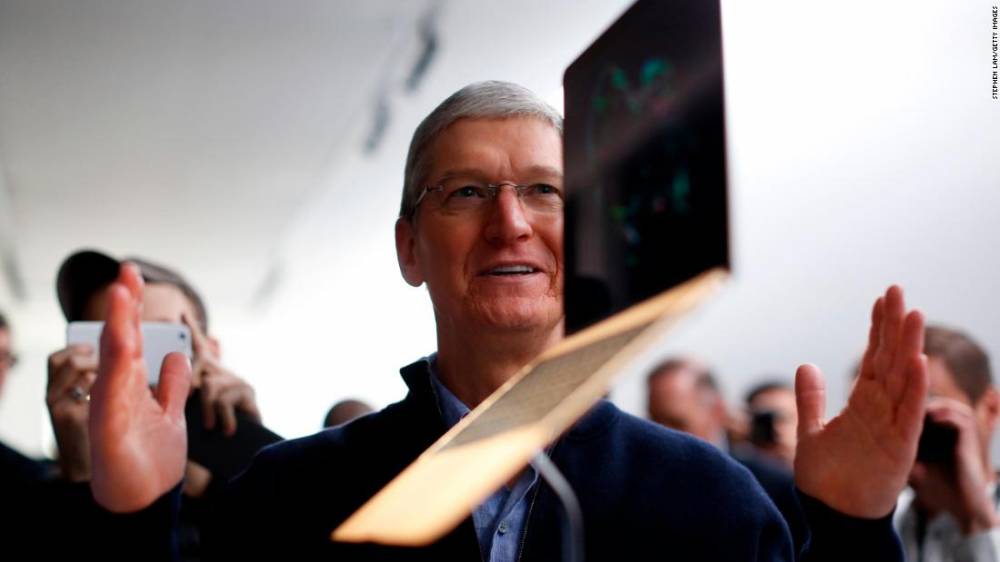
Photos: Apple CEO Tim CookCook stands in front of a MacBook display after an Apple special event at the Yerba Buena Center for the Arts in San Francisco on March 9, 2015. Hide Caption 10 of 28
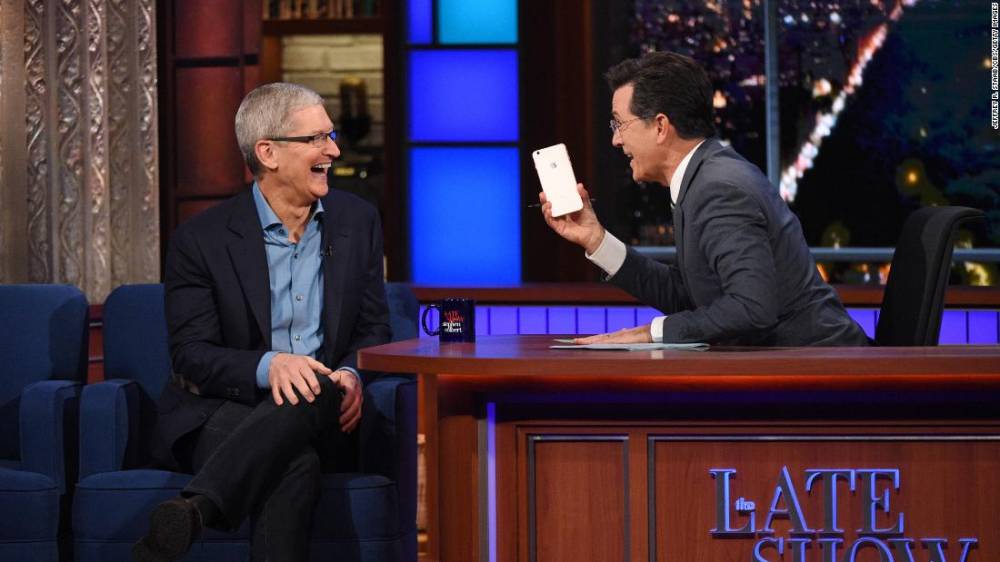
Photos: Apple CEO Tim CookCook appears as a guest on “The Late Show with Stephen Colbert” on September 15, 2015.Hide Caption 11 of 28
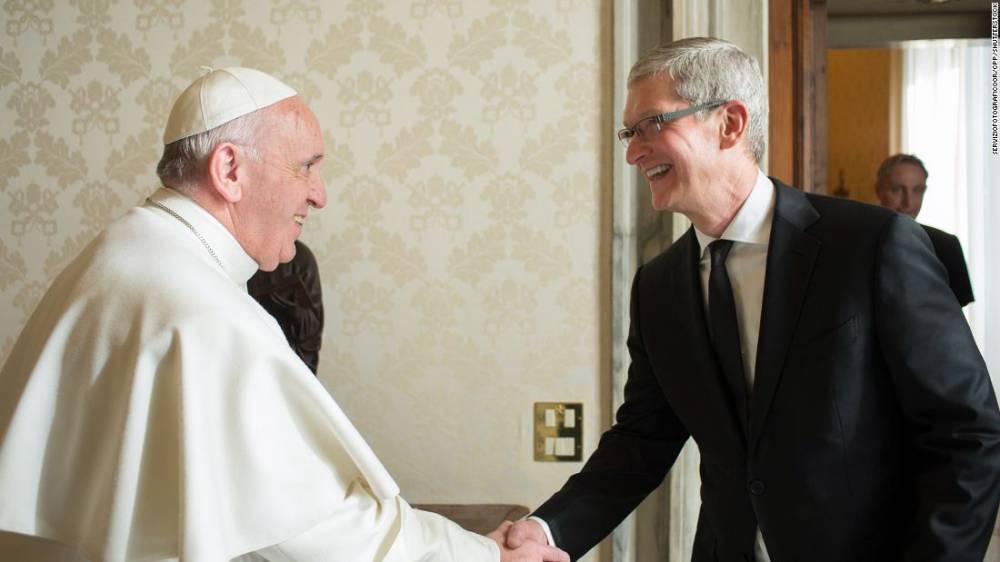
Photos: Apple CEO Tim CookCook is greeted by Pope Francis at the Vatican on January 22, 2016.Hide Caption 12 of 28
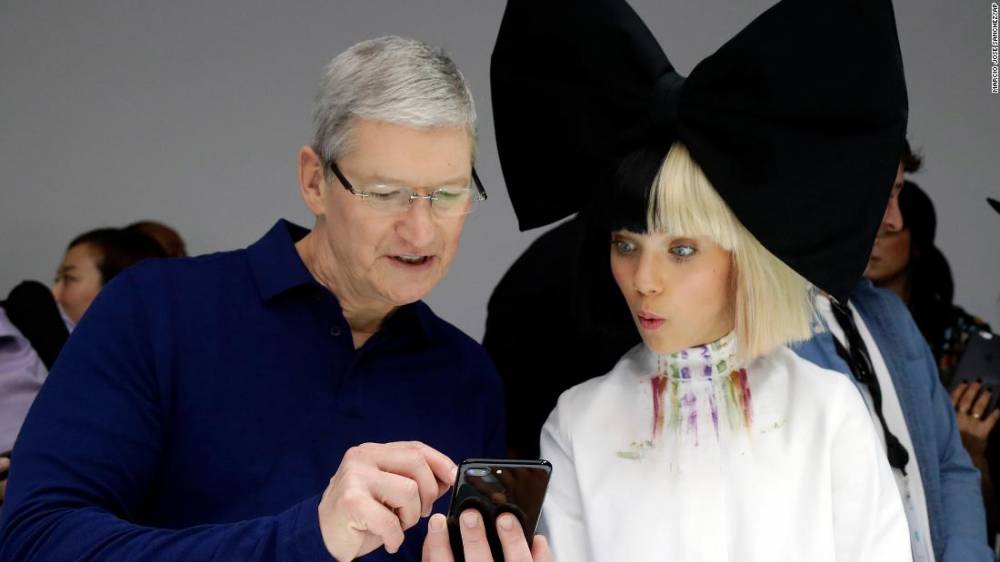
Photos: Apple CEO Tim CookCook shows an iPhone 7 to performer Maddie Ziegler during an event to announce new products in San Francisco on September 7, 2016.Hide Caption 13 of 28
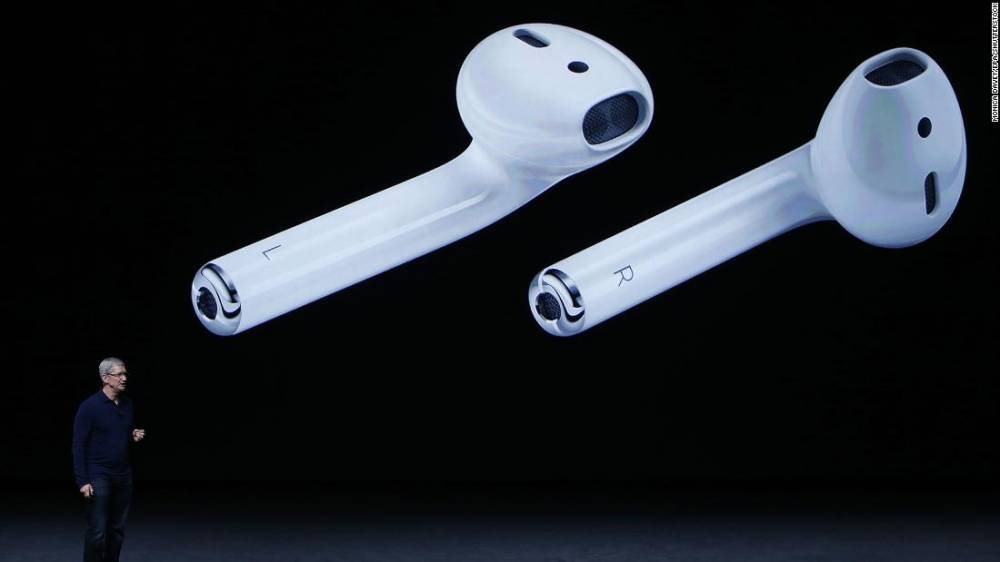
Photos: Apple CEO Tim CookCook speaks during the launch of Apple’s AirPods at the Bill Graham Civic Auditorium in San Francisco on September 7, 2016.Hide Caption 14 of 28
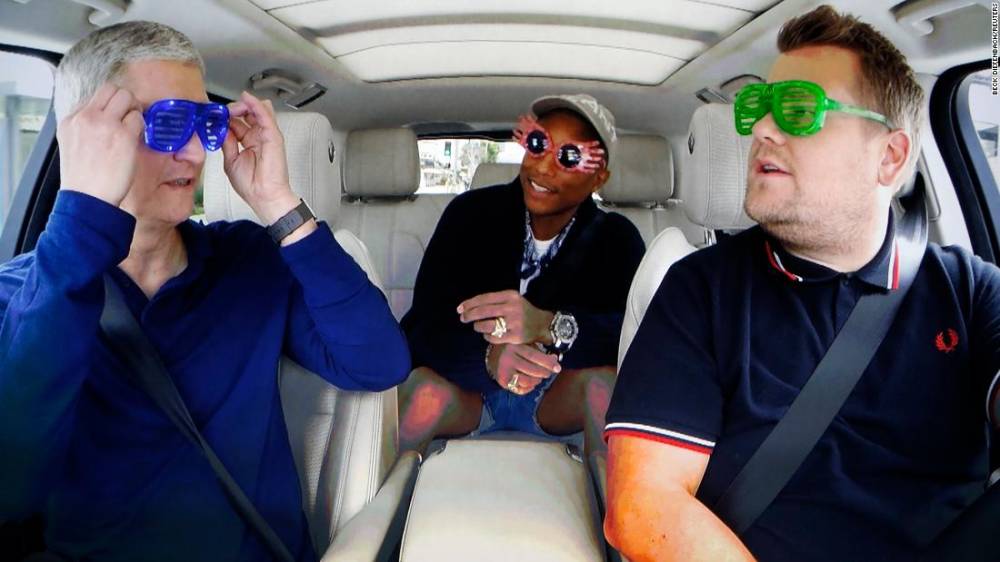
Photos: Apple CEO Tim CookCook with James Corden and Pharrell during a taped comedy bit shown on a projection screen during an Apple event in San Francisco on September 7, 2016. Hide Caption 15 of 28
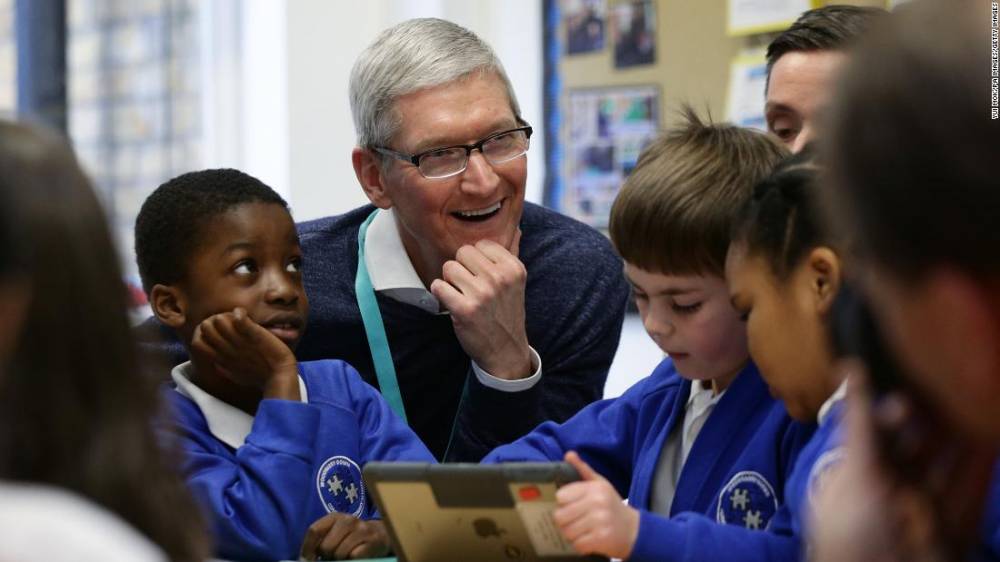
Photos: Apple CEO Tim CookCook with students at Woodberry Down Community Primary School in Harringay in north London in February 2017. Cook was visiting to see how the school had incorporated Apple’s iPad and related software in its curriculum.Hide Caption 16 of 28
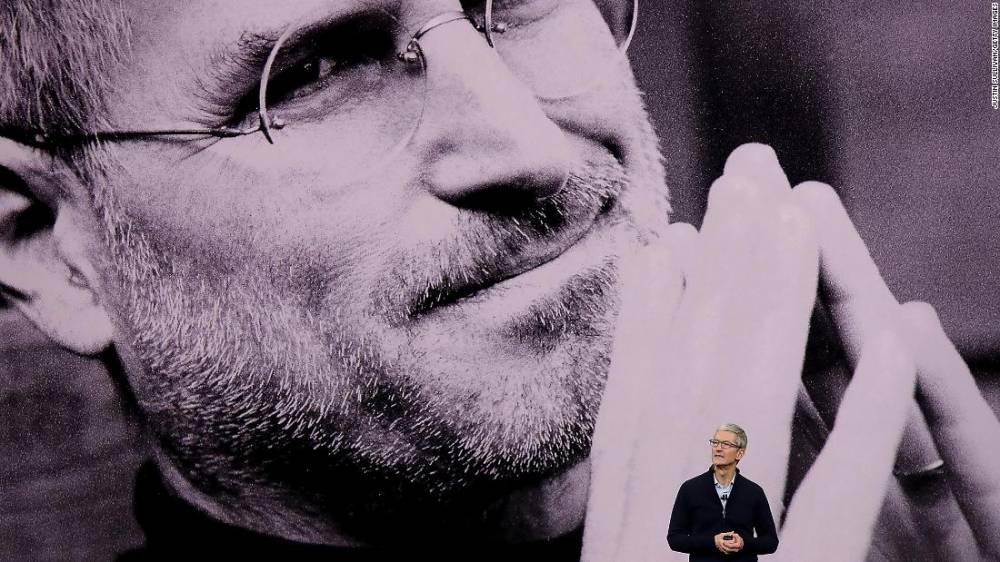
Photos: Apple CEO Tim CookCook speaks during an Apple special event at the Steve Jobs Theatre on the Apple Park campus on September 12, 2017. Apple held its first special event at the company’s new Apple Park campus in Cupertino and unveiled a new iPhone.Hide Caption 17 of 28
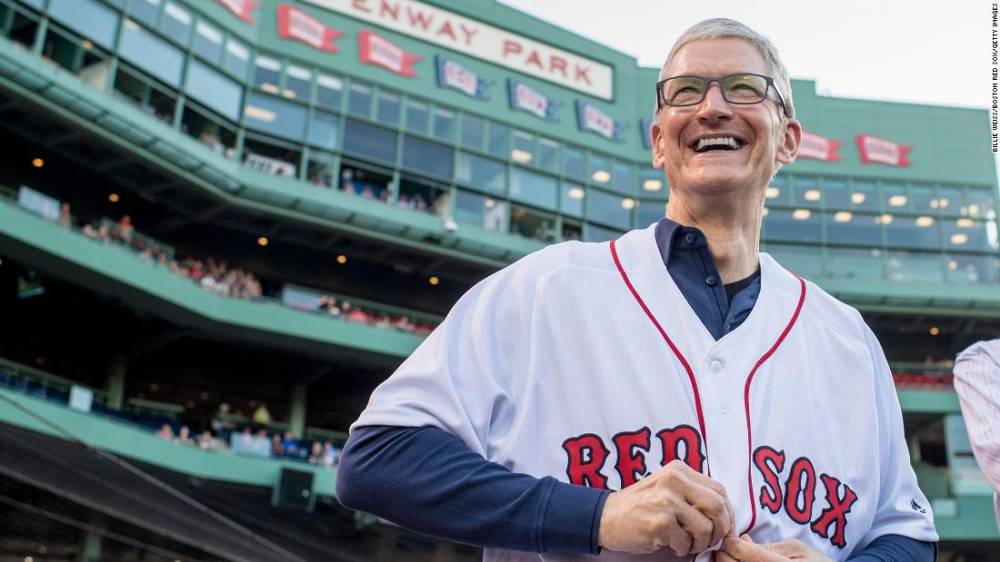
Photos: Apple CEO Tim CookTim Cook puts on a Boston Red Sox jersey before a game between the Red Sox and the Detroit Tigers at Fenway Park in Boston on June 9, 2017. Hide Caption 18 of 28
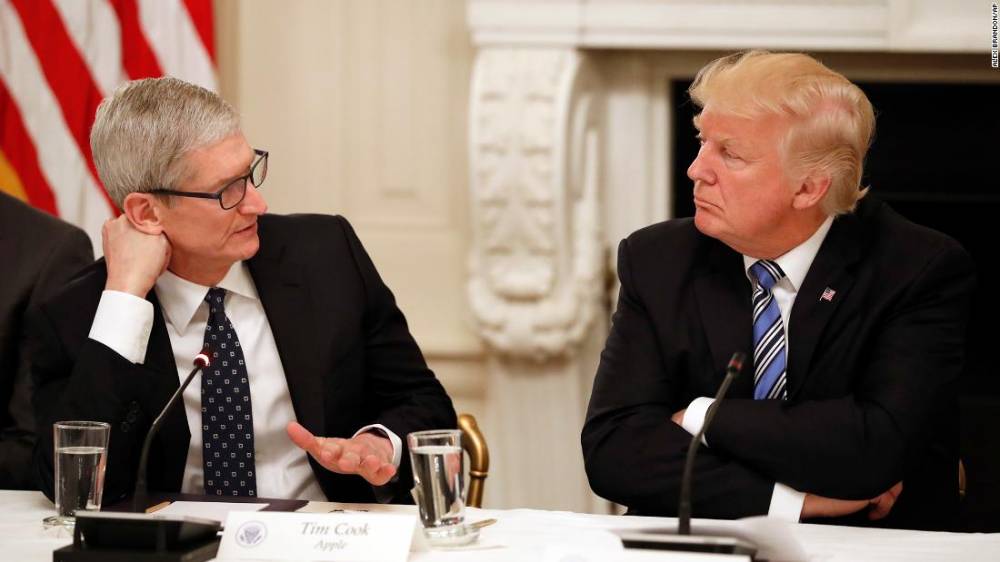
Photos: Apple CEO Tim CookPresident Donald Trump listens as Cook speaks during an American Technology Council roundtable in the State Dinning Room of the White House on June 19, 2017.Hide Caption 19 of 28
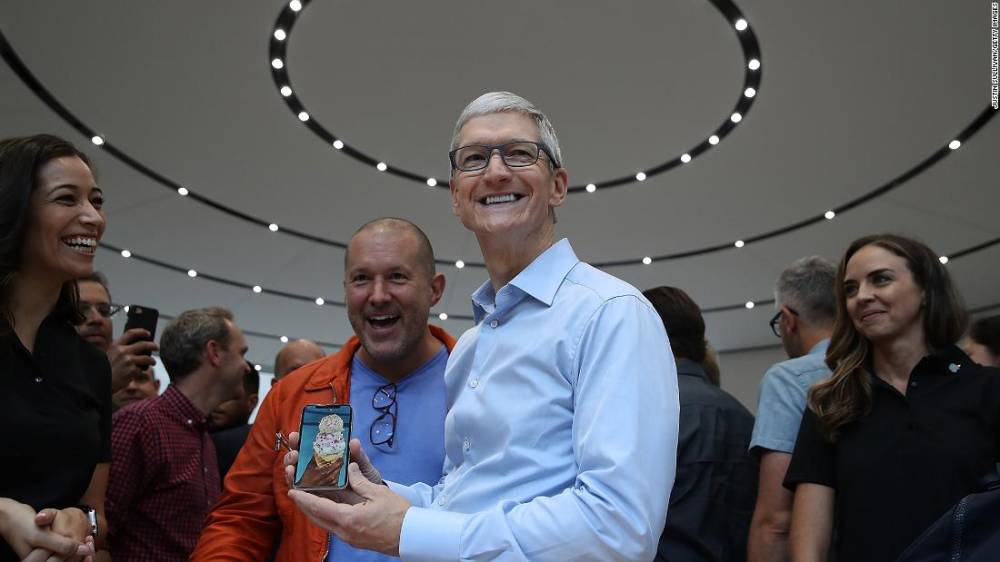
Photos: Apple CEO Tim CookCook and Apple chief design officer Jonathan Ive look at the new Apple iPhone X during an Apple special event at the Steve Jobs Theatre on September 12, 2017.Hide Caption 20 of 28
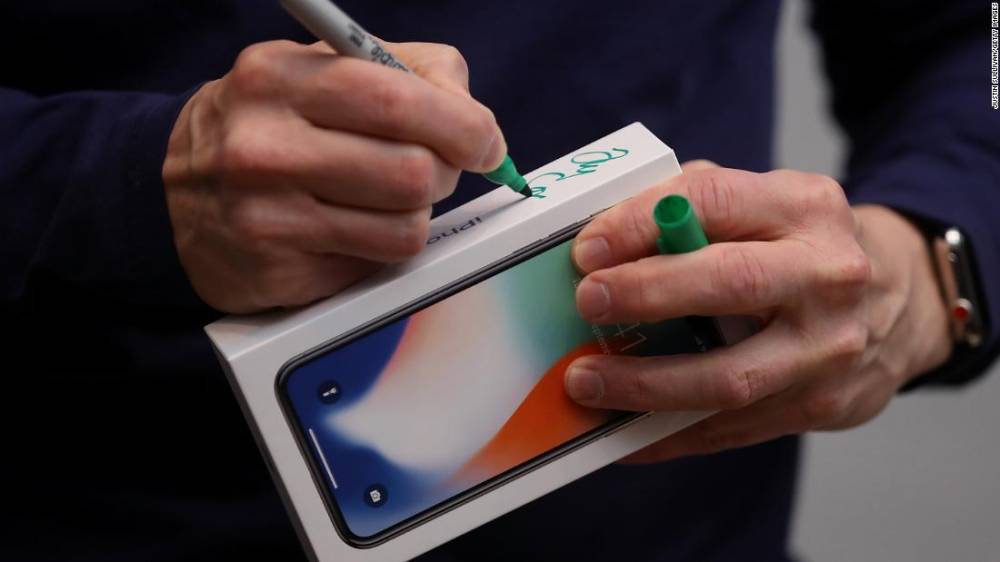
Photos: Apple CEO Tim CookTim Cook signs the box of a new iPhone X at an Apple Store in Palo Alto on November 3, 2017. The highly anticipated iPhone X went on sale around the world that day. Hide Caption 21 of 28
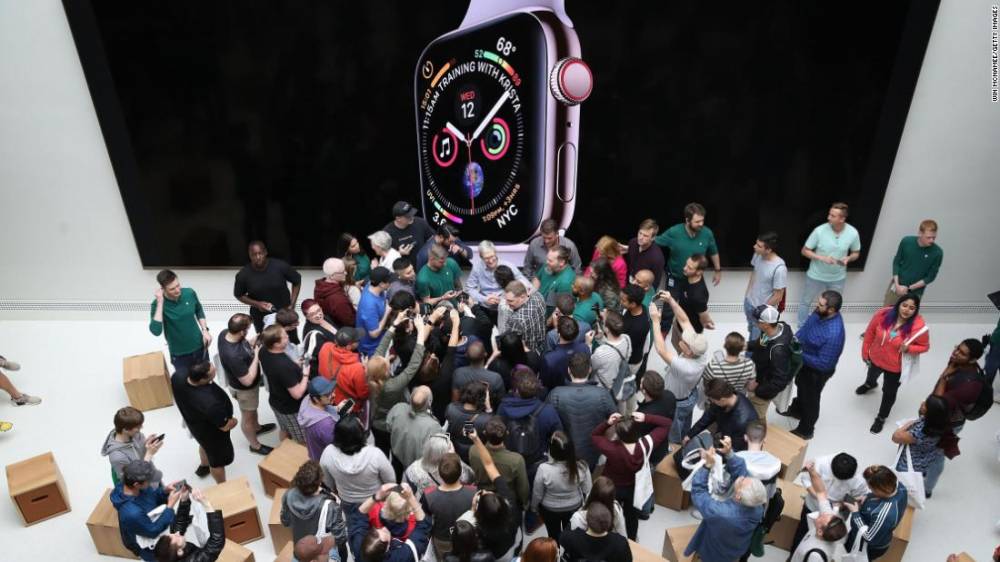
Photos: Apple CEO Tim CookCook welcomes customers to the opening of a new Apple Store at the historic Carnegie Library building in Washington, DC, on May 11, 2019. The location represented Apple’s most extensive restoration project to date, renovating what was once the city’s Central Public Library.Hide Caption 22 of 28
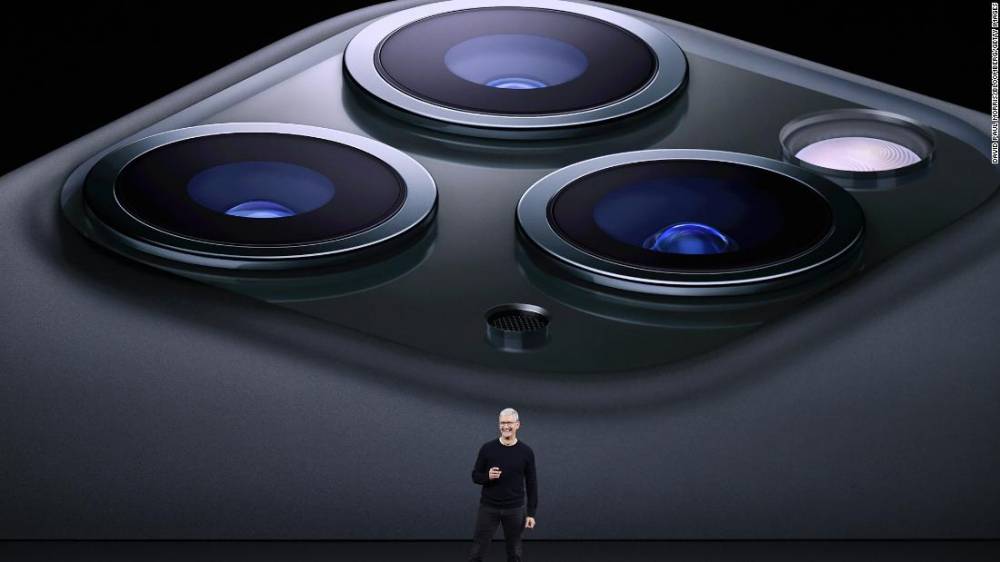
Photos: Apple CEO Tim CookCook speaks about the new iPhone Pro during an event at the Steve Jobs Theater in Cupertino on September 10, 2019. Hide Caption 23 of 28
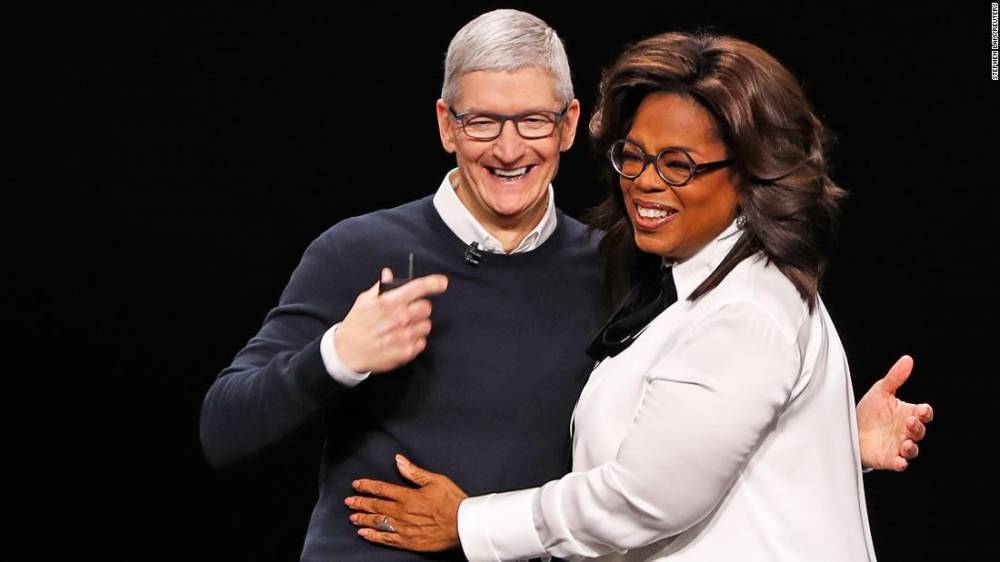
Photos: Apple CEO Tim CookCook and Oprah Winfrey hug during an Apple special event at the Steve Jobs Theater in Cupertino on March 25, 2019.Hide Caption 24 of 28
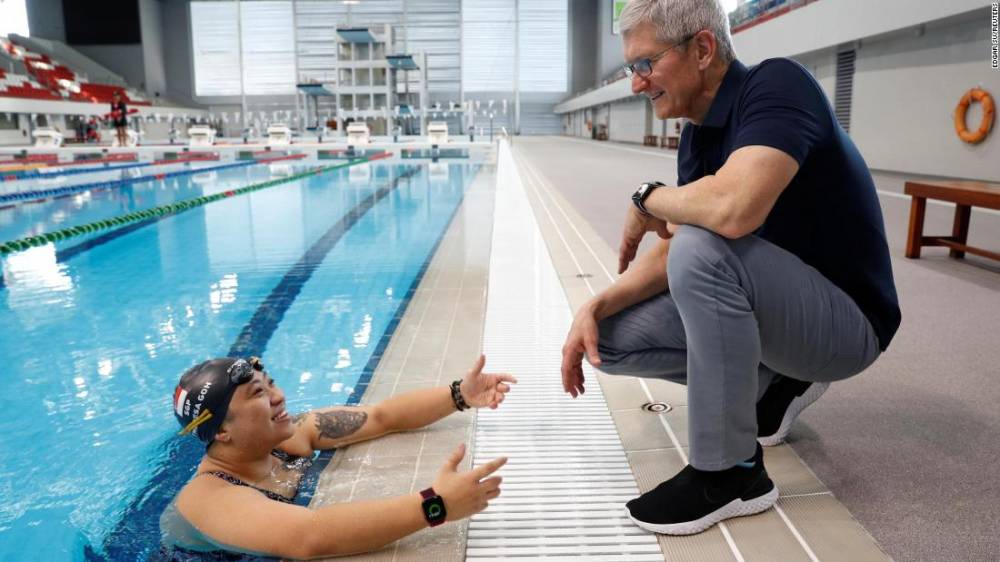
Photos: Apple CEO Tim CookCook speaks with Singapore Paralympian Theresa Goh about the Apple watch she uses for training at the OCBC Aquatic Centre in Singapore on December 12, 2019. Hide Caption 25 of 28
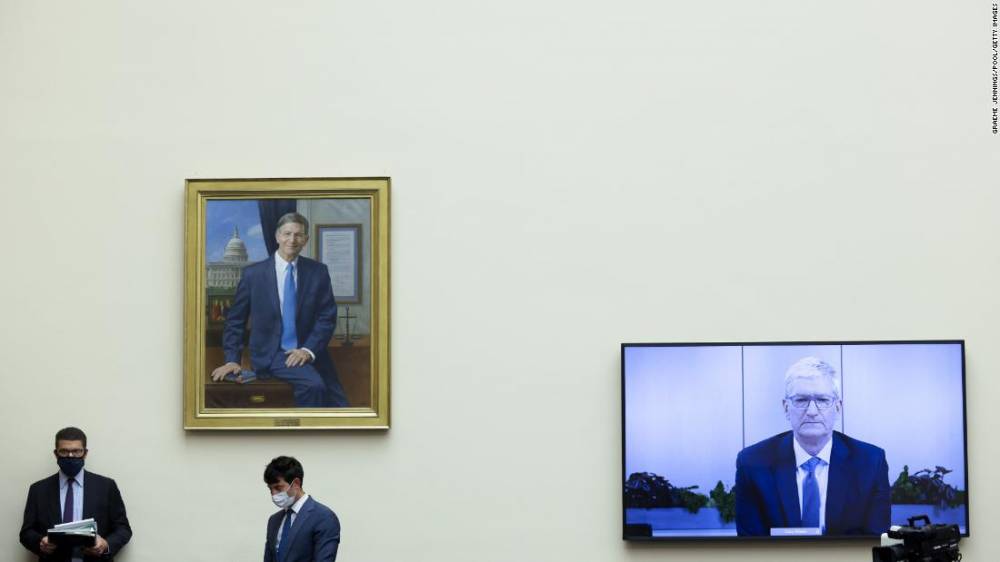
Photos: Apple CEO Tim CookCook speaks via video conference at a House Judiciary subcommittee hearing on online platforms and market power in the Rayburn House Office Building on Capitol Hill on July 29, 2020. Hide Caption 26 of 28
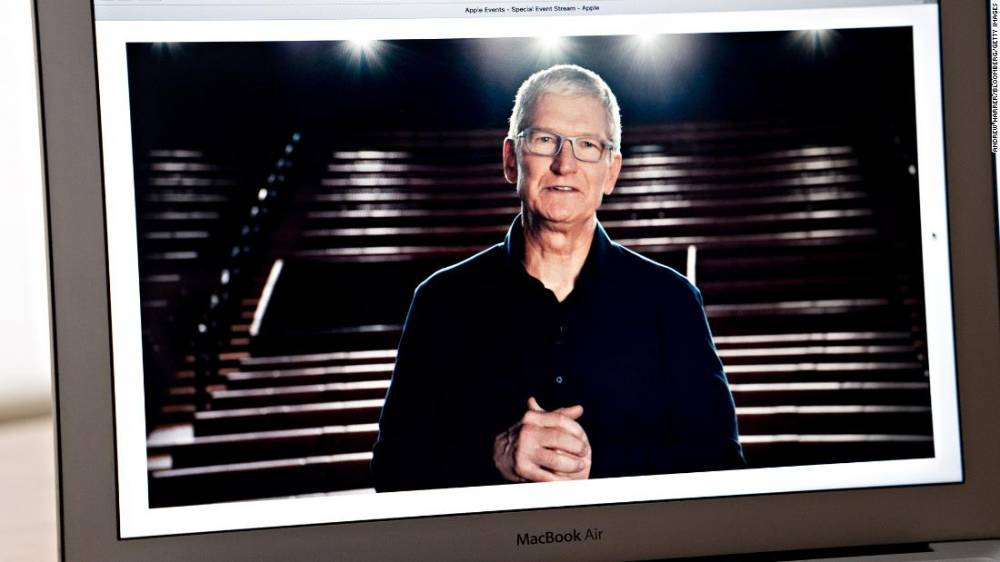
Photos: Apple CEO Tim CookCook speaks during the Apple Worldwide Developers Conference seen on a laptop computer in Arlington, Virginia, on June 22, 2020. The conference was held remotely because of the coronavirus pandemic.Hide Caption 27 of 28
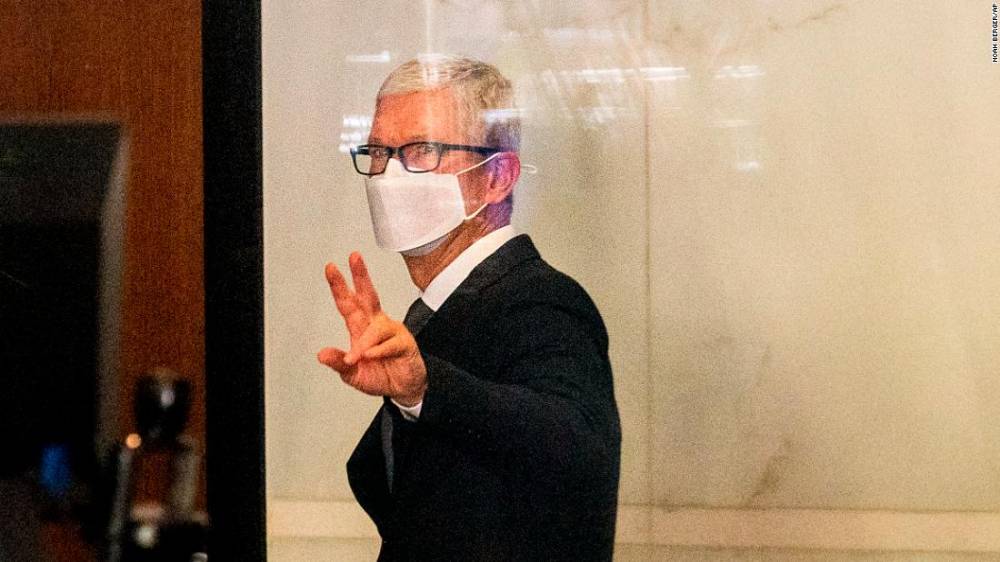
Photos: Apple CEO Tim CookCook leaves the Ronald V. Dellums Federal Building in Oakland, California, on May 21, 2021, after testifying in a federal lawsuit brought by Epic Games. Epic, the maker of the video game Fortnite, charges that Apple has transformed its App Store into an illegal monopoly.Hide Caption 28 of 28
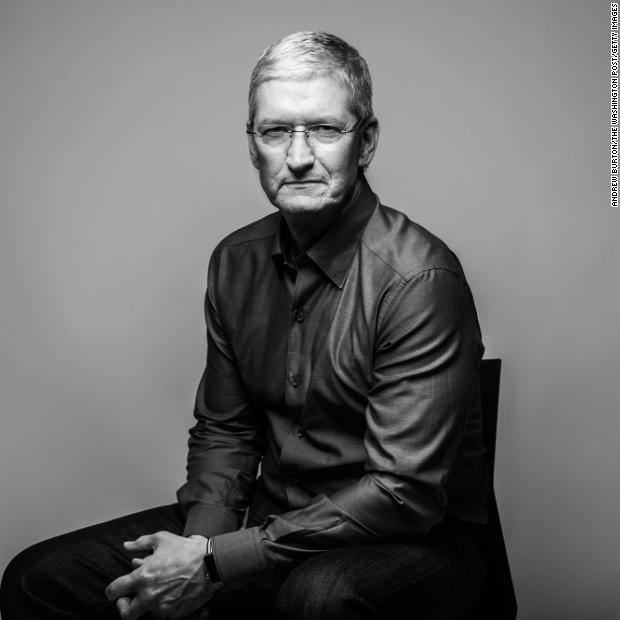
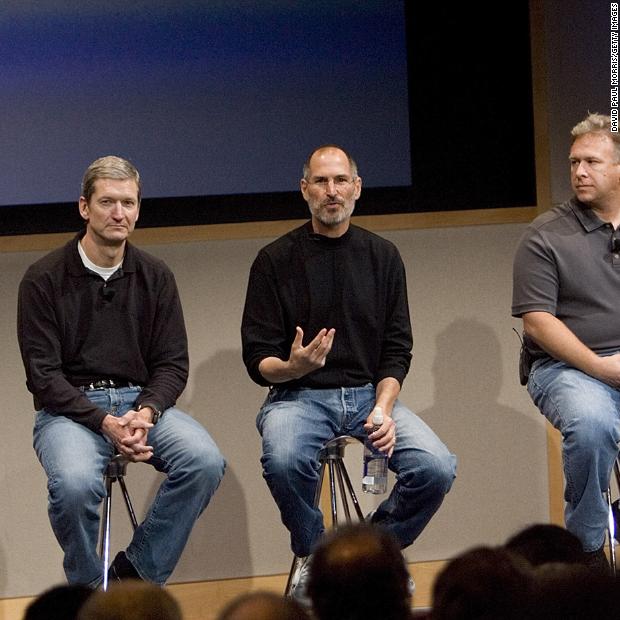
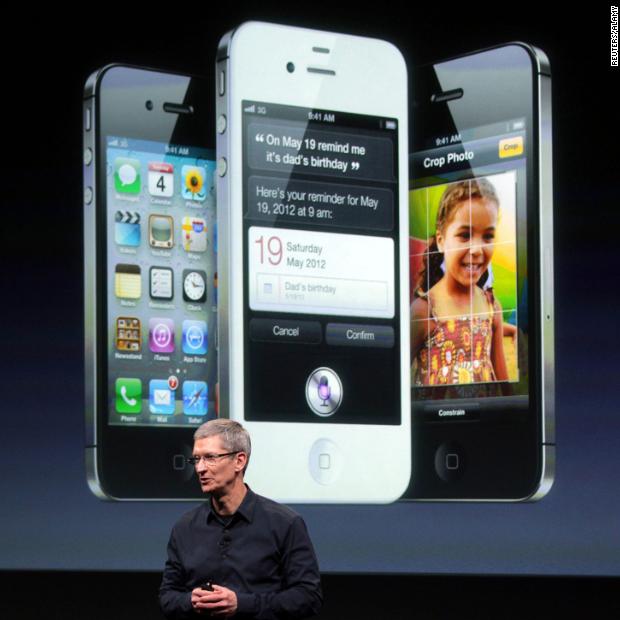
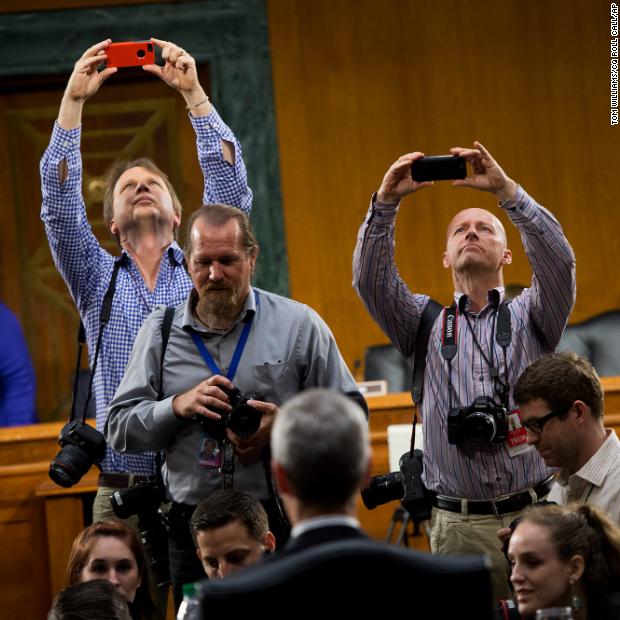
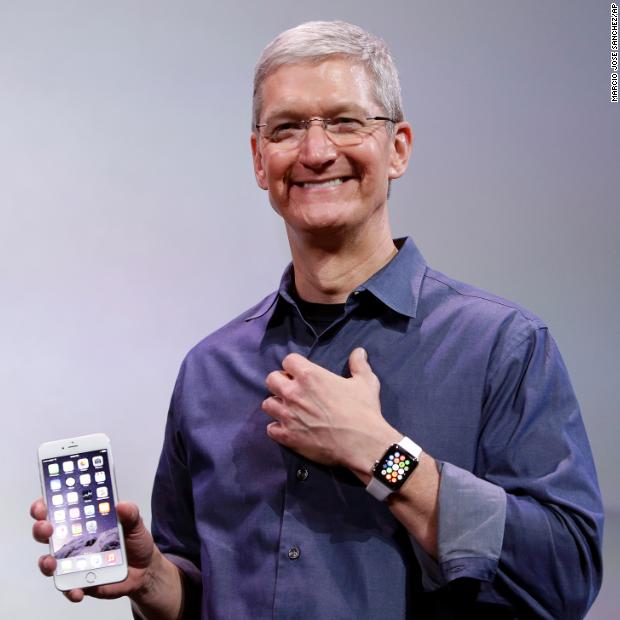
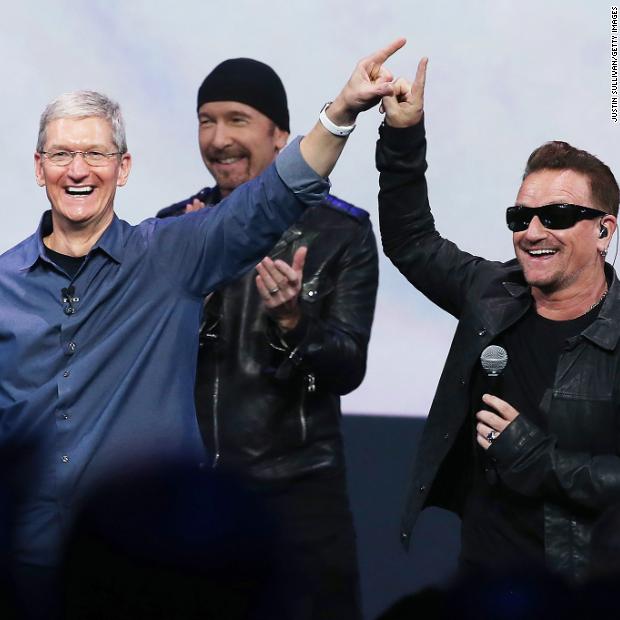
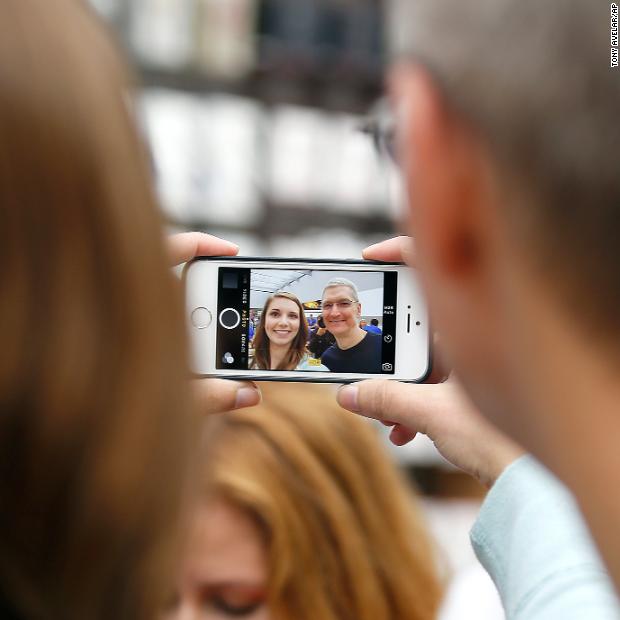
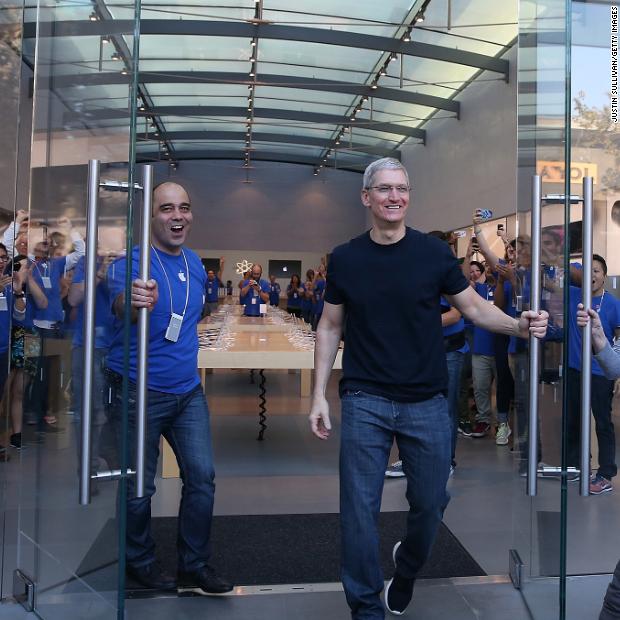
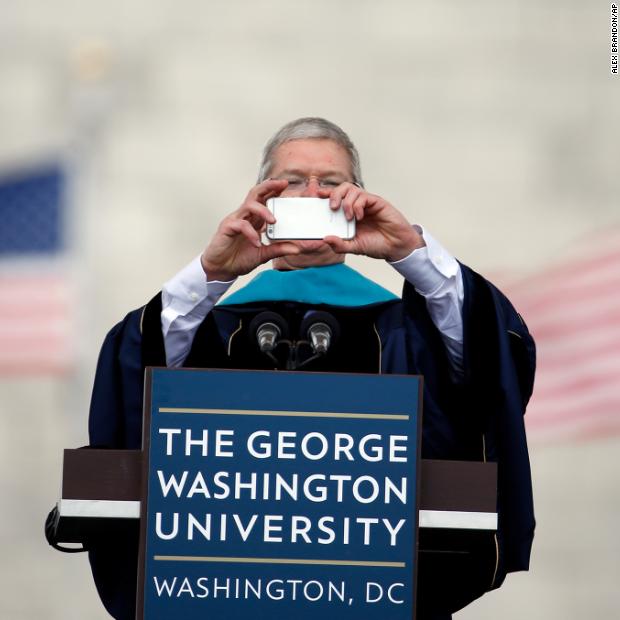
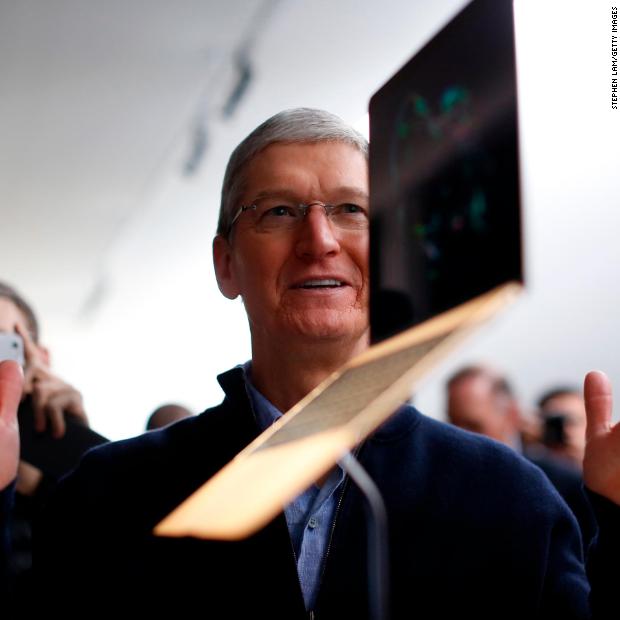
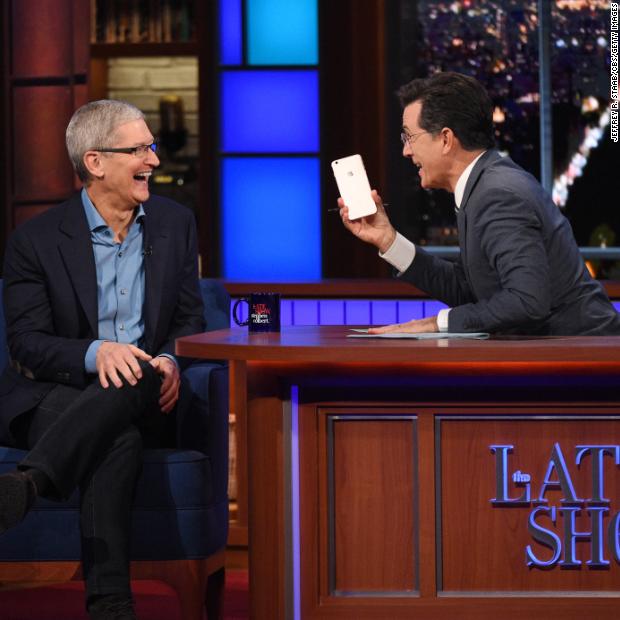
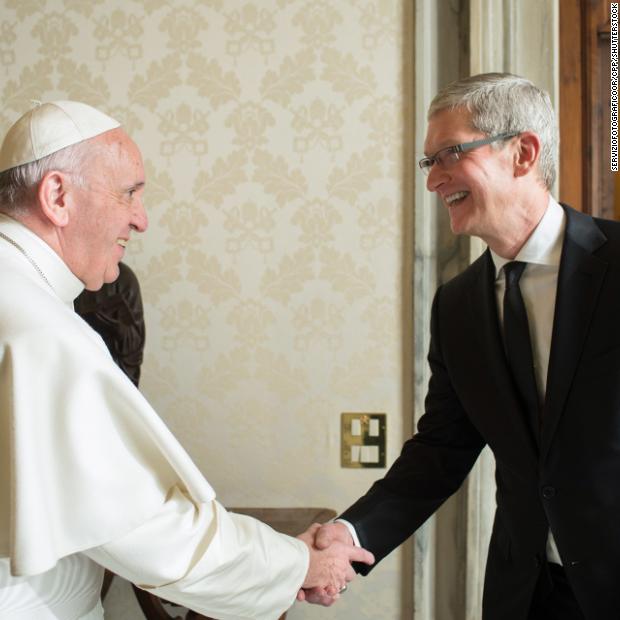
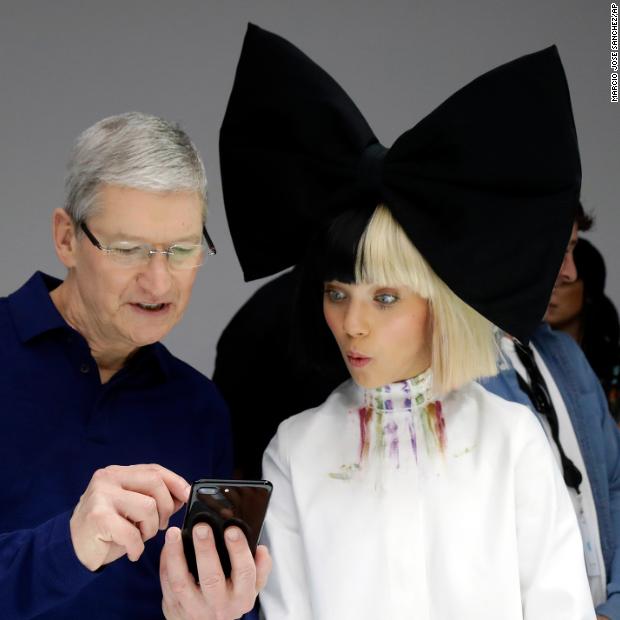
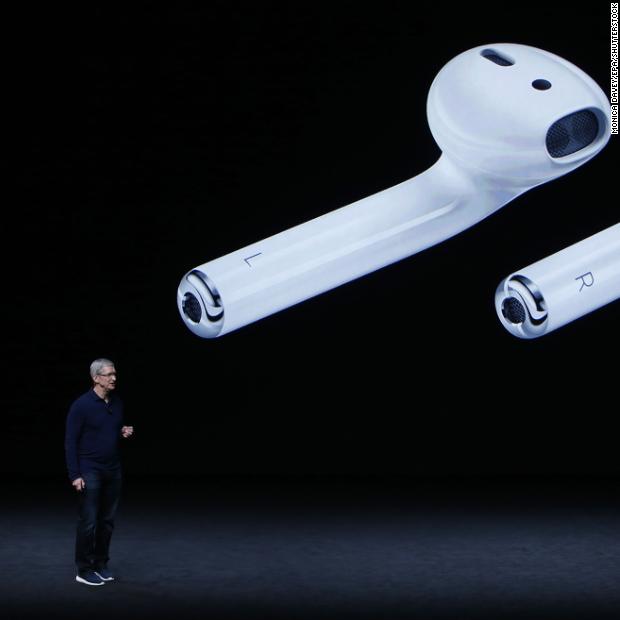
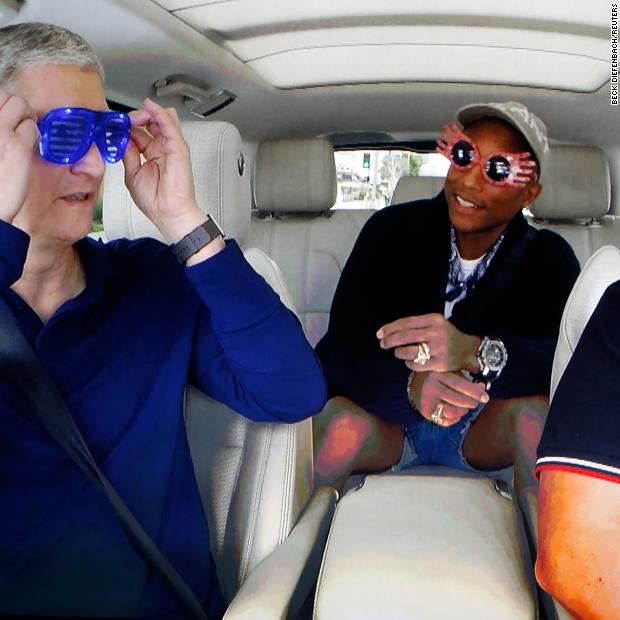
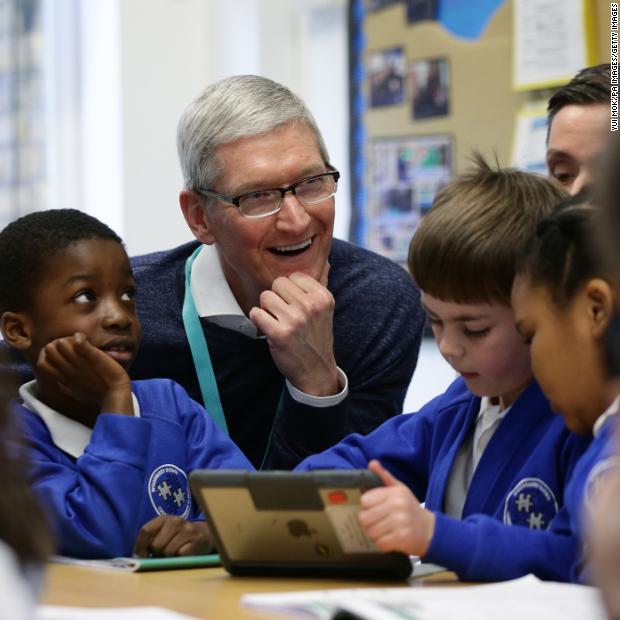
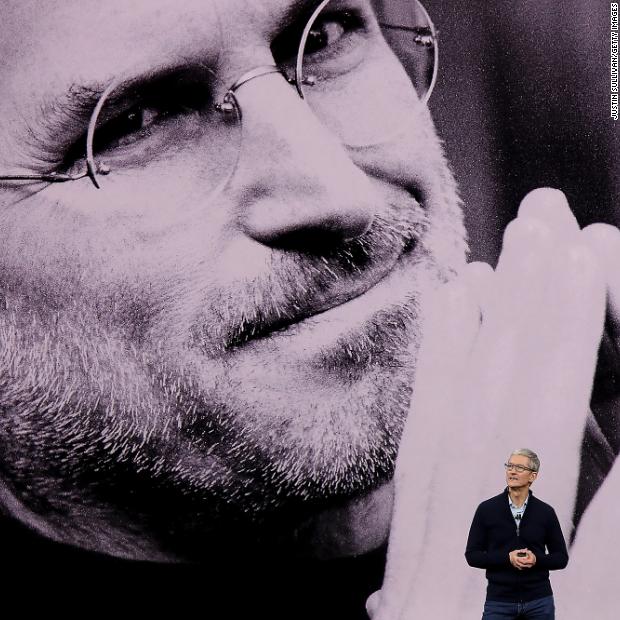
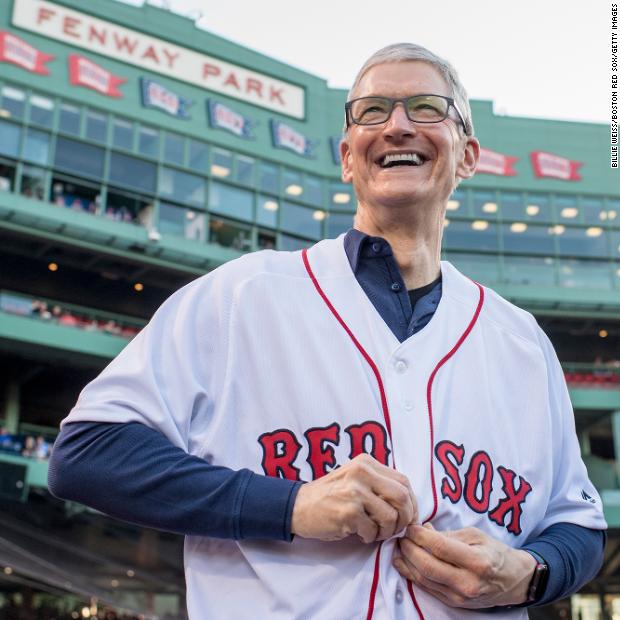
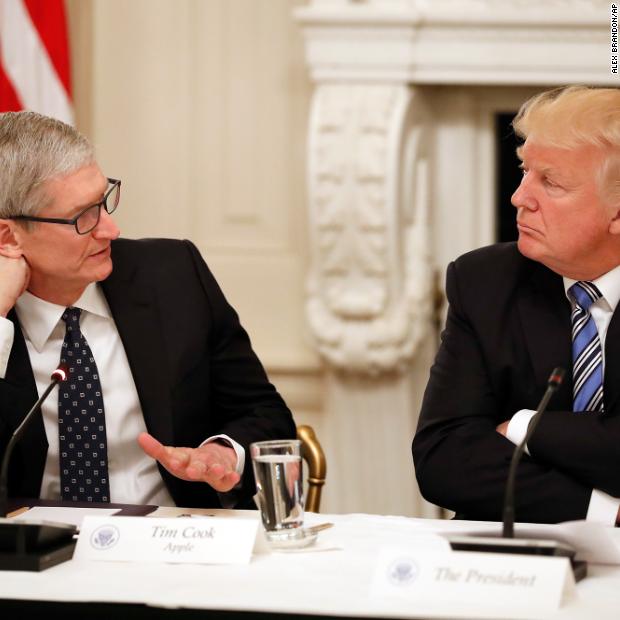
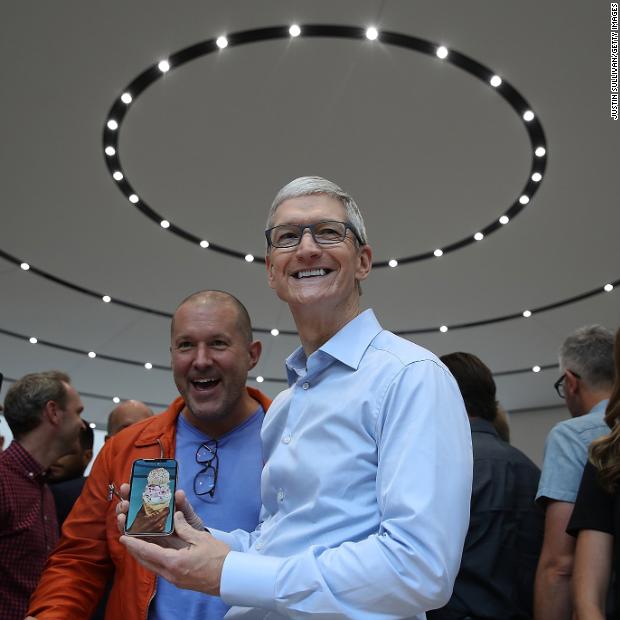
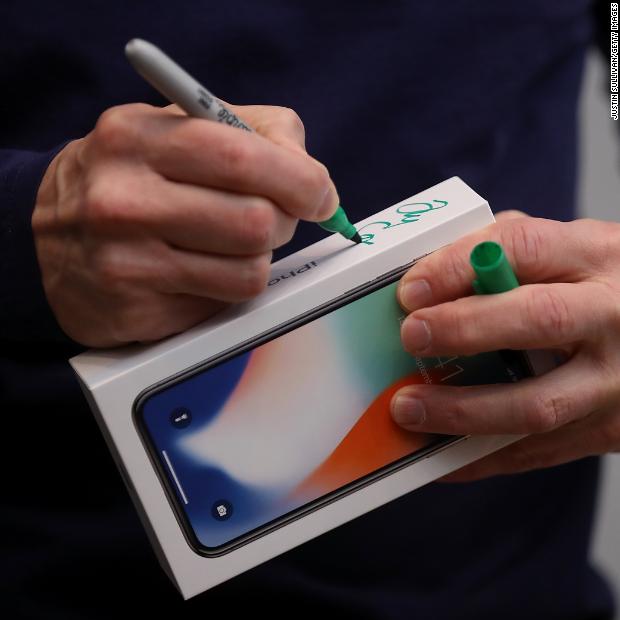
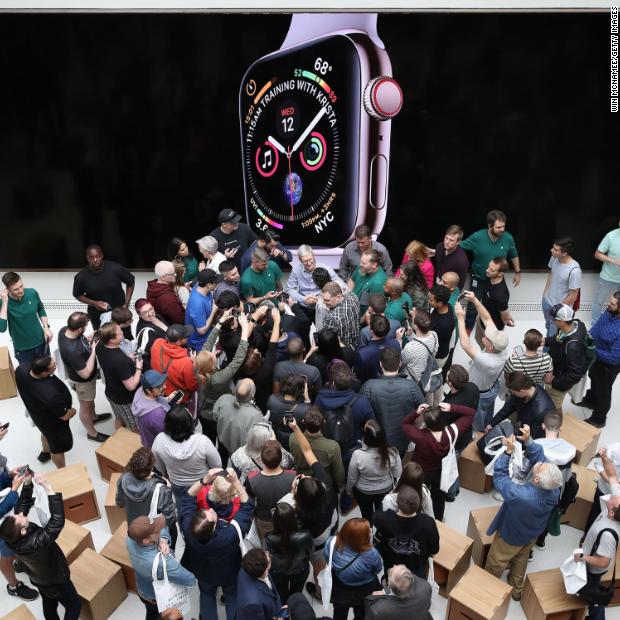
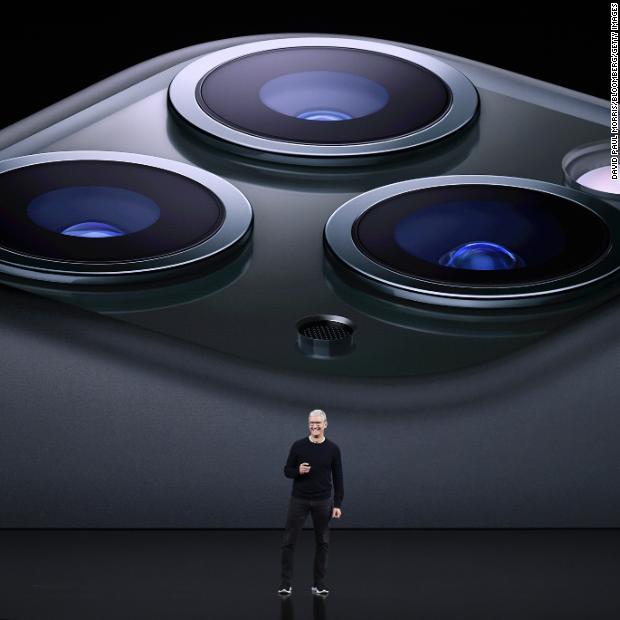
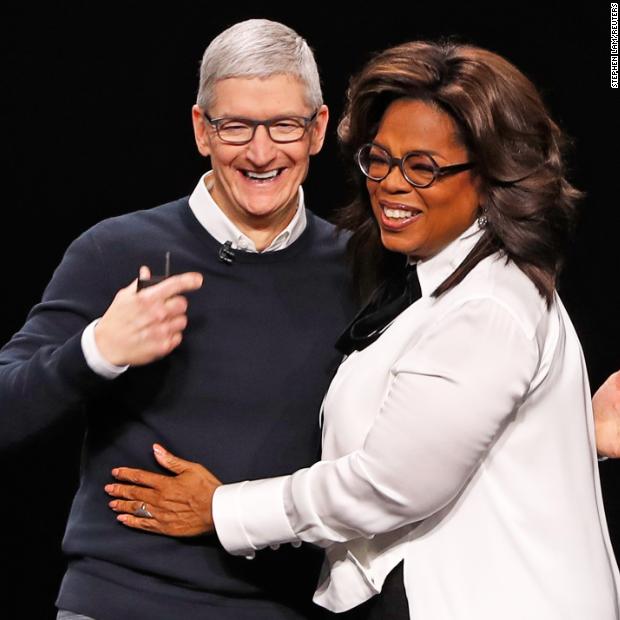
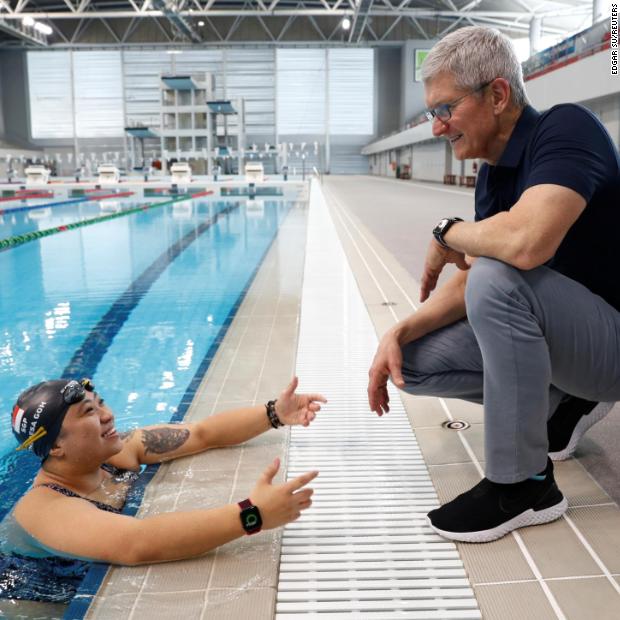
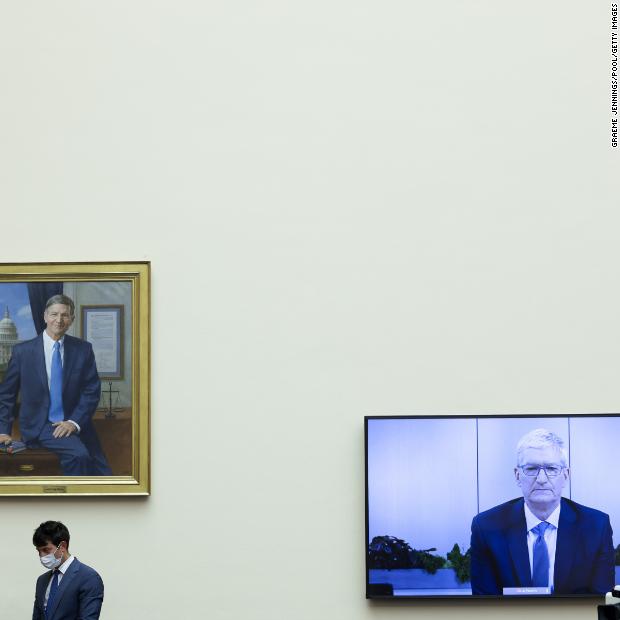
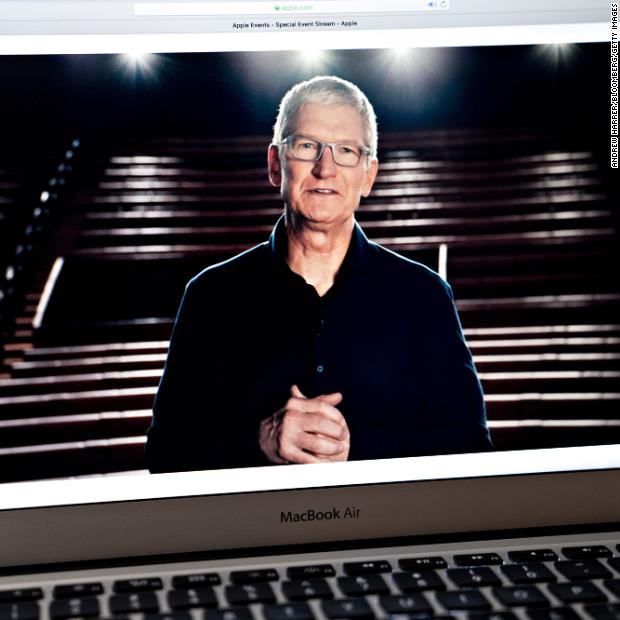
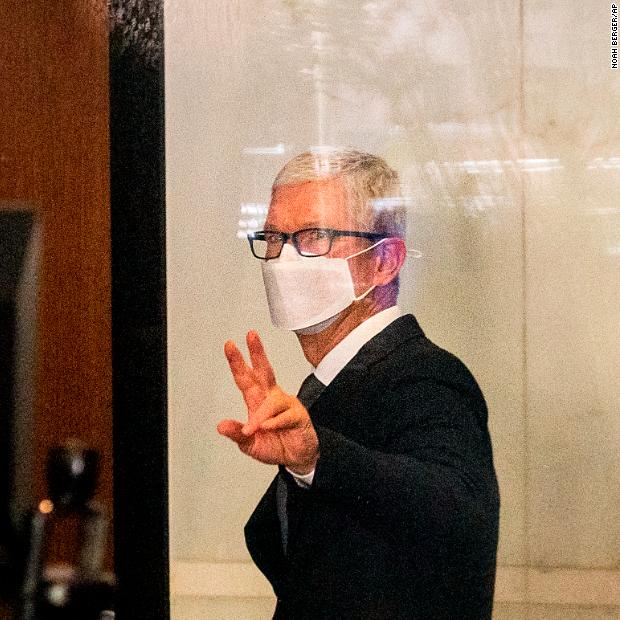
Under Cook, Apple has gone from a premium device maker to a massive, multifaceted company with businesses ranging from payment services to an Oscar-nominated TV and film production studio. He’s overseen the acquisition of more than 100 companies, including the $3 billion Beats purchase in 2014 and the $1 billion acquisition of Intel’s smartphone modem business in 2019. Read MoreInside Apple, Cook inherited a company culture known for being relentlessly demanding and he’s now managing at a time where tech workers have been increasingly vocal about social issues. (Cook himself, who in 2014 became one of the first leading CEOs to come out as gay, has been involved in LGBTQ+ rights advocacy.) Cook has also been at the helm for major corporate missteps such as “Batterygate” and allegations of poor labor conditions at its suppliers’ factories. A recent announcement around a new child protection initiative also turned into an unexpected PR nightmare. And he has navigated a host of external threats to Apple’s business over the years, including, recently, feuds with the Trump administration, the US-China trade war and the Covid-19 pandemic.What Cook hasn’t done is launch another product as successful and disruptive as the iPhone, but he’s found ways to keep Apple growing without that.”It’s possibly the most successful handoff from strength to strength in corporate history,” Mike Bailey, director of research at FBB Capital Partners, said of the transition from Jobs to Cook. “Apple, frankly, needed a cheerleader and a politician, possibly more than a micromanaging, stressed out founder.”Bailey added: “You’re maintaining the empire, as opposed to building one.”
The growth of services
A month after taking over as CEO, Cook announced the launch of the iPhone 4S. Since then, Apple has released nearly two dozen more versions of the iPhone at a wider range of price points, along with new generations of the iPad, Mac and MacBook. Cook has also overseen the introduction of new hardware products — most successfully, the Apple Watch in 2015 and AirPods in 2016. But even more important than the new devices brought to life under his leadership is the growth of Apple’s services business. “From a hardware standpoint, I think you can make the argument that it’s been more iterative than revolutionary, but I think that diminishes his contribution to the company,” said D.A. Davidson analyst Tom Forte, adding that Cook expanded the notion of what Apple is. “He said … ‘What can Apple be? Apple can be a music subscription service, Apple can be a fitness subscription service, Apple can be much more than the App Store.'”Even in the first five years of his tenure, Apple was making meaningful revenue from its Services division, which included products such as iCloud, which launched in October 2011; Apple Podcasts, which launched in 2012; and Apple Music, which launched in 2015. In January 2016, Apple revealed for the first time that it had generated $20 billion in services sales in the previous year.
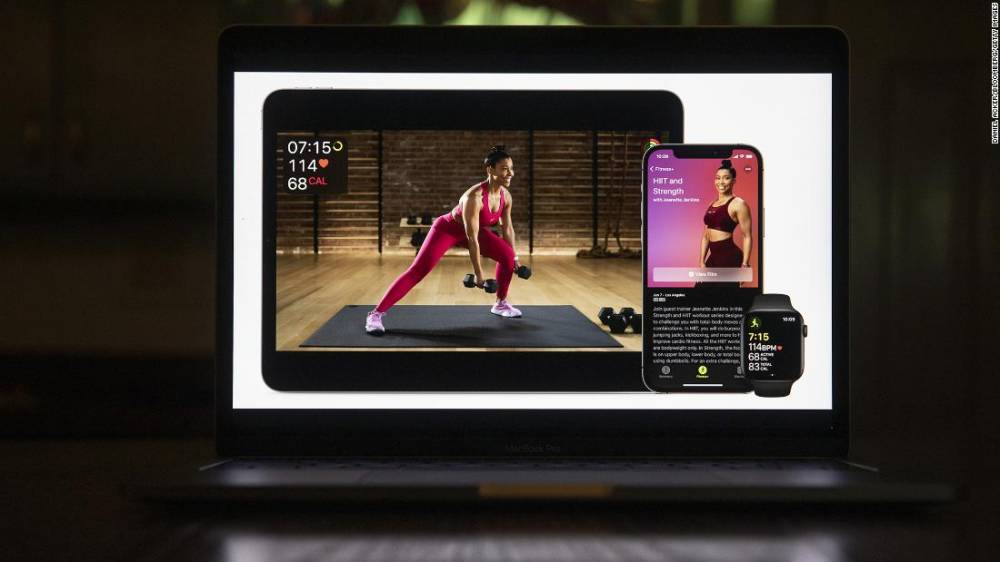
A central piece of Tim Cook’s strategy has been expanding Apple services such as Fitness+.Since then, Apple has launched even more services, including Apple Arcade, Apple TV+ and Apple Fitness+, along with a subscription bundle, which have further boosted the business. In the 2020 fiscal year, Apple generated nearly $53.8 billion in services revenue, accounting for around 20% of the company’s total sales. (Apple doesn’t break out sales for individual services.)Apple’s focus on services has allowed it to be less reliant on iPhone sales, which can be volatile from quarter to quarter and have begun to plateau, even dipping at times under Cook. A key focus for Cook has been offsetting that slowing iPhone growth. “He kept the iPhone party going, but he solved a boom-bust problem by exploding their services business,” FBB’s Bailey said. Apple still brings in hoards of cash each year from iPhone sales. But now, it also has the more consistent, higher margin profits from subscription services to act as a buffer as customers hold onto their devices for longer. Services also give consumers yet more reasons to choose Apple hardware over others, and helps the company eke out more dollars from each person that buys one of its devices.
What’s next?
Cook has already said he doesn’t plan to be at Apple in another 10 years. But most followers of the company expect him to stick around for at least a few more. In that time, he’ll have plenty on his plate that could shape the future of the company, including the long rumored release of an Apple car and AR glasses, as well as its continued efforts to build its own chips for its devices.
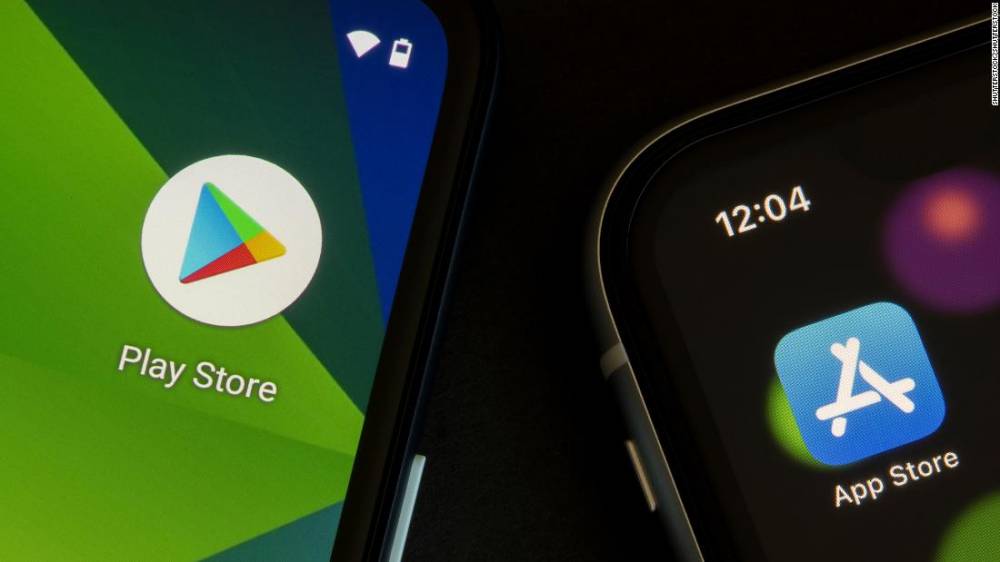
New bipartisan Senate bill takes aim at Apple and Google's app store dominanceBut he’ll also face major challenges, including Apple’s current antitrust fight with app developers and regulators. Forte also questioned whether Apple will be able to maintain its leadership position if the growth in internet of things devices means consumers become less reliant on smartphones. Apple has yet to gain the same traction in connected home devices as Amazon’s Alexa, and earlier this year killed off its original HomePod in favor of the cheaper mini version.”An argument can be made that they’re [still] heavily dependent on the iPhone,” Forte said. “I’m still trying to envision what the future looks like and what happens when the smartphone is no longer the center of the universe.”Under Cook, Apple has also been working to address its impact on the environment, including plans to become carbon neutral by 2030. But given that the company is dependent on a complex global supply chain and non-renewable rare earth metals to build its products, Cook will likely have to push the company’s efforts further in the coming years, as climate change poses an increasingly existential threat.
Then there’s the question of who will take over leading the world’s biggest company when Cook does step down. Jeff Williams, Apple’s current chief operating officer, who has been dubbed Tim Cook’s Tim Cook in the tech press, would be an obvious choice if he were taking over now. But at just two years younger than Cook, that succession plan could be more questionable in even a few years, Bailey said. “It doesn’t look like there’s another insider, number two, ready to go, so I do think that’s something Apple’s going to have to start to address over the next two years,” he said.
Source: edition.cnn.com

